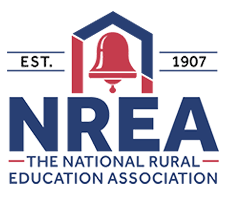Article Title
Relatively Good News Amid Covid-19
Abstract
This study examined publicly available data from The Institution of Education Sciences (IES) survey of school leaders concerning modes of instructions offered and subgroups prioritized during the Covid-19 pandemic. We asked: Do national data regarding instructional modes (i.e., remote, hybrid, and in-person) during the Covid-19 pandemic reveal different approaches of U.S. elementary and secondary schools in rural areas versus peer institutions in cities, suburbs, and towns? Our analysis showed that schools in rural areas are more readily and equitably offering in-person instruction than schools in suburbs and cities, particularly in regard to students of color. Additionally, we found that rural school leaders report prioritizing English learners, students with identified disabilities, students experiencing homelessness and students without home internet access at higher rates that their peers in urban and suburban schools.



